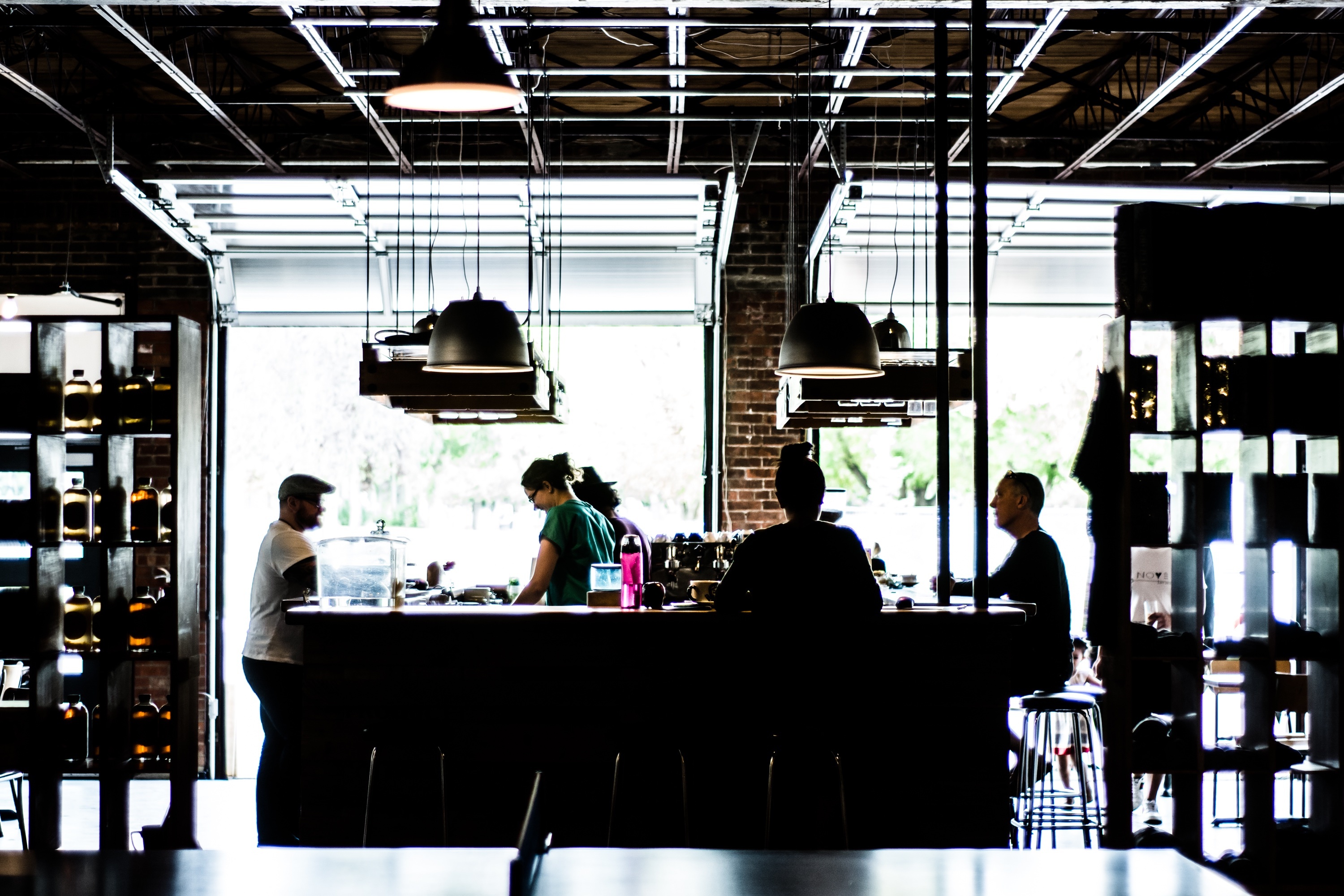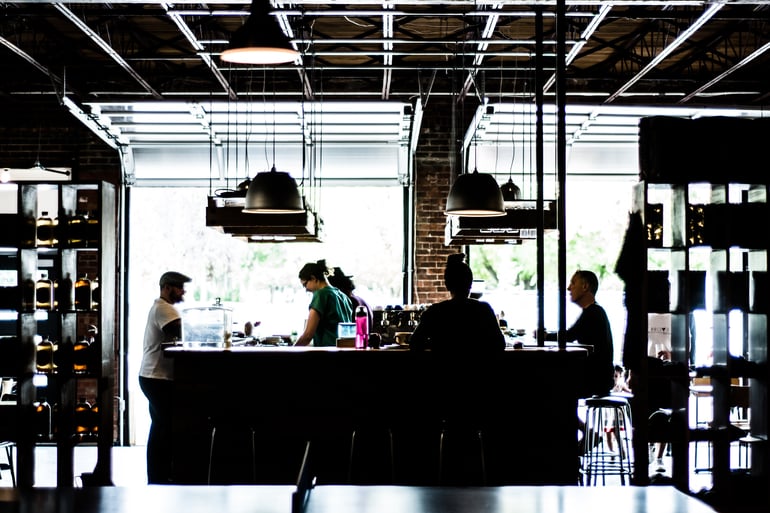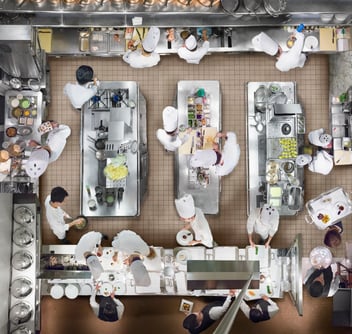Which customers should you be prioritising for optimal growth?
Learn how to prioritise your food and beverage customers with the help of these tips, so you can spend your time where it will have the biggest impact.

As the saying goes, your customers are your ultimate boss. You may not literally report to them, but they can send your business to the wall by simply switching to a different supplier.
While the ideal situation is to treat them equally to make sure they remain loyal to your products, as a business grows, there simply isn't enough time to focus on everyone. You have to learn the magic of prioritising your customers so you’re spending your time where it matters the most and has the biggest impact.
The big question is, who do you focus on?

As your food and beverage business grows, it’s crucial to understand that spending all your time and resources trying to talk to all of your customers is not good practice. You need to segment your customers. There are the customers who are ordering the most and who have a very high chance of doing long-term business with you, there are those who are in decline/at risk but could be worth some extra attention or intervention, and there are those who aren’t bringing in much revenue or contributing to the growth of your company.
This is a very important exercise - without knowing key information about your customers, you could be falling prey to a common syndrome - where the squeakiest wheel gets the oil.
Without visibility into who your top (and bottom) customers are, businesses tend spend their time on the few customers that complain the loudest, instead of focussing on those customers that are actually the biggest contributors to the growth of the business.
To help you prioritise, here is a framework we recommend, to make sure you and your team are spending their time wisely.
Understand the behaviour of your customers
Know your customer. This is a basic principle in any type of business. You won’t be able to classify your customers effectively if you don’t know their behaviour. You need to know how they discover your products, to how they order from you and how they pay you.
You will then be able to segment your customers into groups with similar trends, and you will start to understand the buying patterns that differentiate your customers from each other. Eventually, you will be able to predict which sorts of businesses are going to be your best customers in the future.
Here’s a quick guide to help you:
- Discovery: This is how a retailer ended up at your store or on your website to make a purchase. Bear in mind that a customer’s discovery journey says a lot about how he/she will shop for your products in the future.
- Ordering: A customer's ordering habits also say a lot about what type of client they are. If a cafe owner regularly orders more than a hundred bags of organic coffee beans, you’d know he/she is likely to become one of your major spenders and biggest contributors to your growth. On the other hand, if that retailer suddenly begins ordering 20% less, that could be a strong signal that he or she is trialling products from another supplier.
- Payment: Not all customers are the same when it comes to paying the bills. While some of your customers do pay on or before their due date, many of them won’t. It’s crucial to pinpoint those who regularly don’t pay on time and segment them from those who settle their invoices promptly so you know who needs to be called and be reminded.
Combining this behaviour with what you already know about your customers starts to bring out some really interesting trends - do the smaller customers tend to pay late? Do newly registered businesses order more online? Do your longstanding customers prefer to order over the phone?
On top of this, analysing how much time you spend with these different groups might reveal some interesting insights about who is currently taking up your time versus who you shout be spending more time on.
Grade your customers
When you’ve identified how your customers behave, you’ll see that not all customers are the same, but there are some trends that are starting to emerge. Now you can start to grade them based on their size of opportunity and the likelihood for growth.
The size of opportunity is, in essence, how big could a customer get, in terms of ordering from you. The likelihood for growth, on the other hand, is how hard it will be for you to grow a particular customer. We’ve made a simple guide below to assist you in grading your customers:
- Grade A customers – have potential to generate high profits and have a lot of room for growth;
- Grade B customers – have potential to generate medium profits and have a room for growth;
- Grade C customers – will only generate low profits but are likely to grow;
- Grade D customers – will generate very low or no profit and aren't likely to grow
Grade your customers regularly
Your grades don’t have to be that precise, especially if you don’t have a system that gives you reliable data or you haven't been trading long enough for trends to emerge. What’s important when you’re just starting out is to make sure you grade your customers regularly and continue to look back and assess if a customer still fits the grade you've given them over time. Note that the market is constantly evolving and some factors might change from retailer to retailer.
Grade A customers should get the most attention - pre-emptive calls to check in and build relationships, then the rest. Grade D customers should be approached with caution - too much time spent on them and you might actually be losing money. Most of your customers will likely fall in to grades B & C.
Monitor trends
With your customers classified into clear grades, it makes it much easier to work out who should be monitored and what trends to act on. For food and beverage suppliers, customer churn is a huge issue for the industry, but often a supplier won't know a customer isn't happy until it's too late.
Looking at ordering data to notice trends in behaviour can help you predict in advance who is at risk. Like the example above, you might notice some customers whose orders are declining, or who are ordering less frequently. With your grading complete, you can prioritise Grade A customers who are in decline over Grade D ones - especially if the Grade D ones never pay on time anyway!
Unfortunately, the biggest challenge we see businesses have, is actually uncovering the information and trends to make these changes. Many of the suppliers we talk to have very little visibility when they first come to us over who has paid, how many orders they place, how often and other key information required to truly prioritise their customers - a very common situation when businesses have started small and grown quickly.
One way you can overcome this is to utilise the insights feature in Ordermentum.
Whether you want to see your business’ top 10 customers contributing to growth or exceptions like who usually orders but hasn't, Ordermentum can help you make fast decisions to prioritise your daily workflow and spend your time where it will have the biggest, positive impact on your business. By getting the data in real time, you'll be able to see straight away if a major customer is at risk, rather than analysing last month's data and finding out too late that you lost a key customer.
You can request a free demo if you're not already on Ordermentum. And if you're already using the platform, get in touch with us if you need more help accessing and understanding the insights feature.
Categories
Advice
Our insights team is made up of passionate writers, researchers, chefs, baristas, web developers, tech gurus, our Founders, and even an accountant. We keep a pulse on the Food & Beverage industry to bring you insights and research to help our industry trade smarter.







